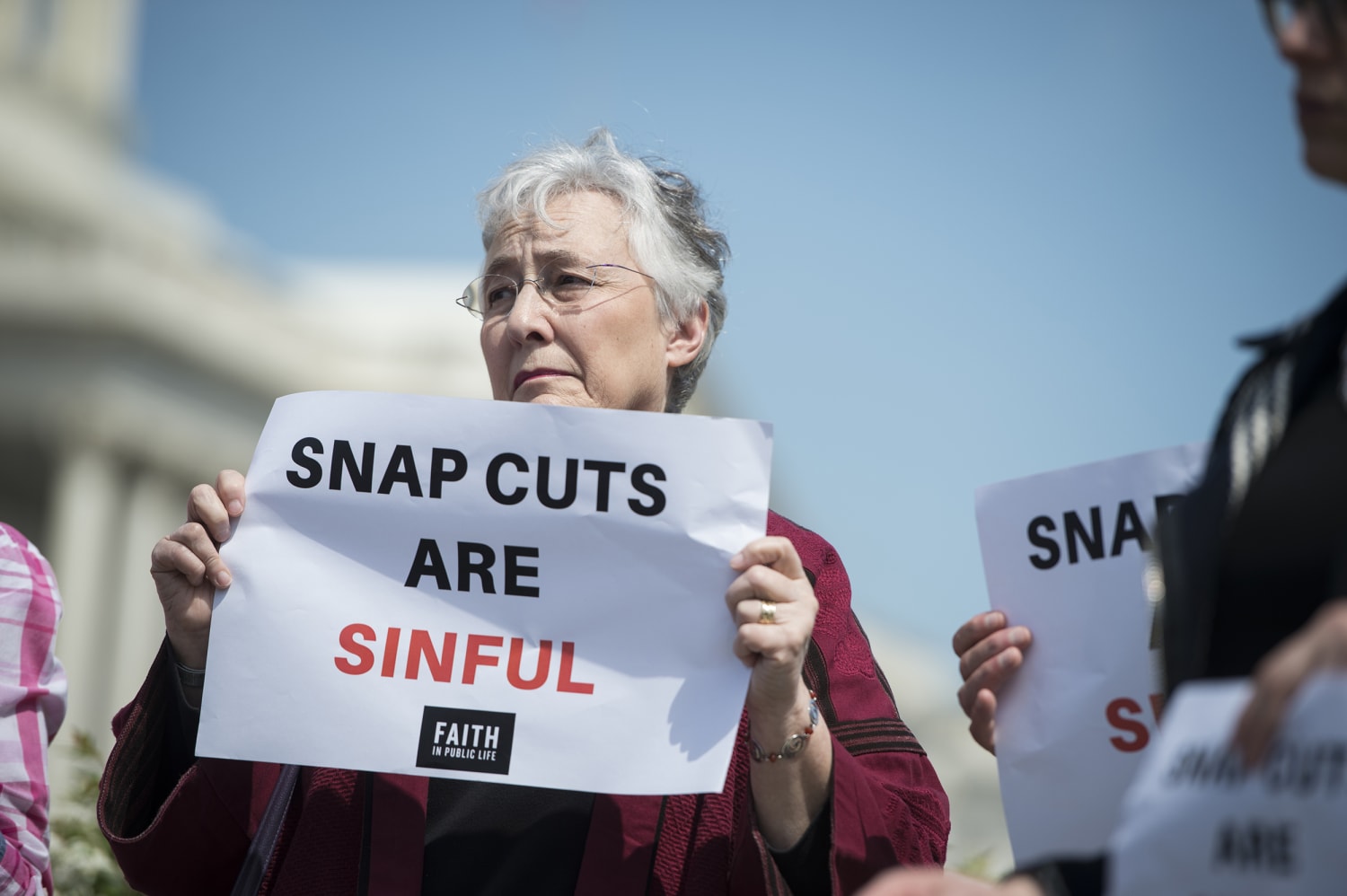Congress is discussing significant changes to the Supplemental Nutrition Assistance Program (SNAP), sparking concerns nationwide. SNAP, previously called food stamps, is a lifeline for over 40 million Americans, including children, the elderly, and individuals with disabilities. Proposed budget cuts could reshape the program and have serious consequences for many families.
Understanding the Proposed SNAP Cuts
House Republicans have suggested reducing federal spending by over $5 trillion, targeting several social programs, including SNAP. Their plan includes cutting SNAP benefits by $22 billion to redirect funds towards priorities such as tax cuts and border security. While intended to curb government spending, these proposed cuts have drawn criticism for potentially harming vulnerable populations.
Who Will Be Affected?
If these cuts happen, millions of Americans could face challenges in accessing nutritious food. SNAP currently helps 1 in 8 Americans, including 1 in 5 children, by providing essential food assistance. Scaling back benefits could lead to increased hunger, malnutrition, and health issues, particularly in low-income communities.
Families relying on SNAP may need to choose between paying for food, housing, or medical expenses. Seniors and individuals with disabilities, who already face financial struggles, could see their situations worsen.
Broader Economic Impact
The effects of cutting SNAP benefits go beyond individual households. SNAP funds are spent in grocery stores nationwide, supporting farmers, truck drivers, manufacturers, and store workers. Decreasing benefits would lower food demand, potentially disrupting local economies and jobs. This economic ripple effect could affect everyone, not just SNAP recipients.
Opposition to the Cuts
Many advocacy groups, lawmakers, and citizens oppose these proposed changes. Critics argue that reducing SNAP benefits won’t effectively solve federal budget issues but will worsen food insecurity and poverty. Instead of cutting benefits, they suggest investing more in the program to ensure no American goes hungry.
For decades, SNAP has been a proven tool in fighting hunger. It has reduced food insecurity rates and helped families maintain healthier lifestyles. Critics believe that undermining the program would undo years of progress.
What’s Next for SNAP?
As Congress debates these changes, the future of SNAP remains uncertain. The decisions made in the coming weeks will impact millions of lives. Supporters of SNAP emphasize that keeping or even increasing funding is essential to ensure Americans can lead healthy and productive lives.
Many are urging Congress to consider the human and economic consequences of these cuts. Food insecurity affects not just families but communities and economies at large.
Key Takeaways
The proposed SNAP cuts highlight a bigger debate about the role of social safety nets in America. While some argue these cuts are necessary to balance the federal budget, others warn about the devastating effects they could have on vulnerable groups and the economy.
Disclaimer – Our team has carefully fact-checked this article to make sure it’s accurate and free from any misinformation. We’re dedicated to keeping our content honest and reliable for our readers.








